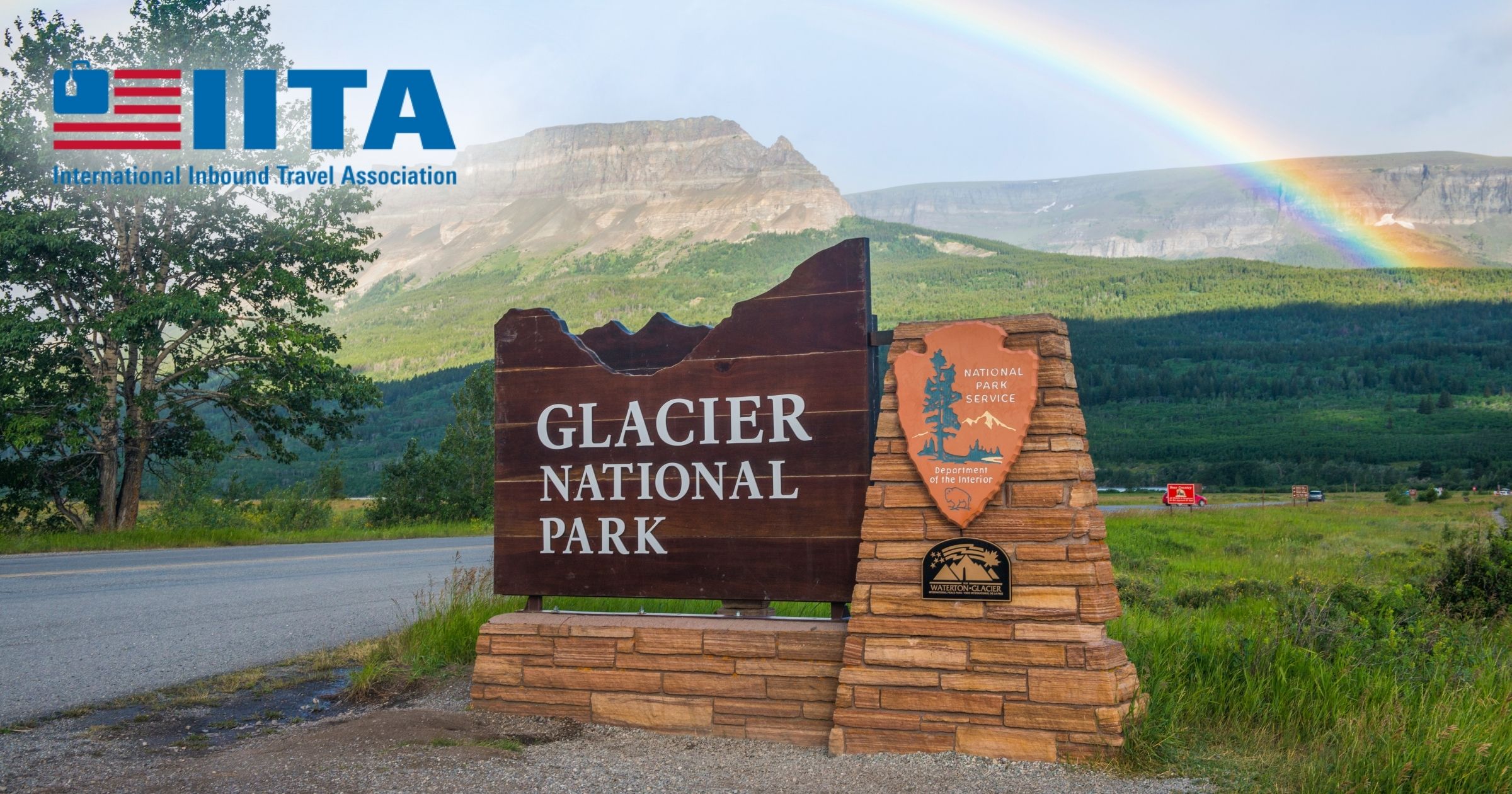Sites Honoring Harriet Tubman Officially a National Park
Harriet Tubman National Park officially became the 414th unit in the National Park System on January 10, 2017. Sites where Underground Railroad conductor Harriet Tubman lived and worshipped in Auburn, New York, were designated as a national park following a legislative effort beginning in 2000, with a law authorizing how best to preserve Tubman's legacy.
The park commemorates her post-Civil War advocacy for women's suffrage and other causes.
Here's what you need to know about visiting the park's sites.
Thompson Memorial African Methodist Episcopal Zion Church
The property contains two structures: The historic Thompson A.M.E. Zion Church and the adjacent rectory. Both buildings are currently uninhabitable and require substantial repair before public use. According to its website, the National Park System is currently undertaking a Historic Structures and Finishes Study to help guide appropriate repairs and future restoration. The NPS notes to "please use caution when walking around the site."
Harriet Tubman Visitor Center
The center is operated by the NPS partner Harriet Tubman Home, Inc. and is open Tuesday – Friday, from 10 a.m. to 4 p.m., and Saturday from 10 a.m. to 3 p.m.
Tubman Home for the Aged
Access to this building is by guided tour. The tour begins at the Harriet Tubman Visitor Center for a fee. National park passes are not honored for admission.
Harriet Tubman Residence
Visitors are not allowed inside, but the grounds are open, dawn to dusk.
Fort Hill Cemetery
This site, which lies outside of Harriet Tubman National Park, contains the location where Tubman is buried. It's operated independently from the park, and the grounds are open dawn to dusk.
Written by Cassie Westrate, staff writer for Groups Today.
Photo courtesy of the National Park Service.



